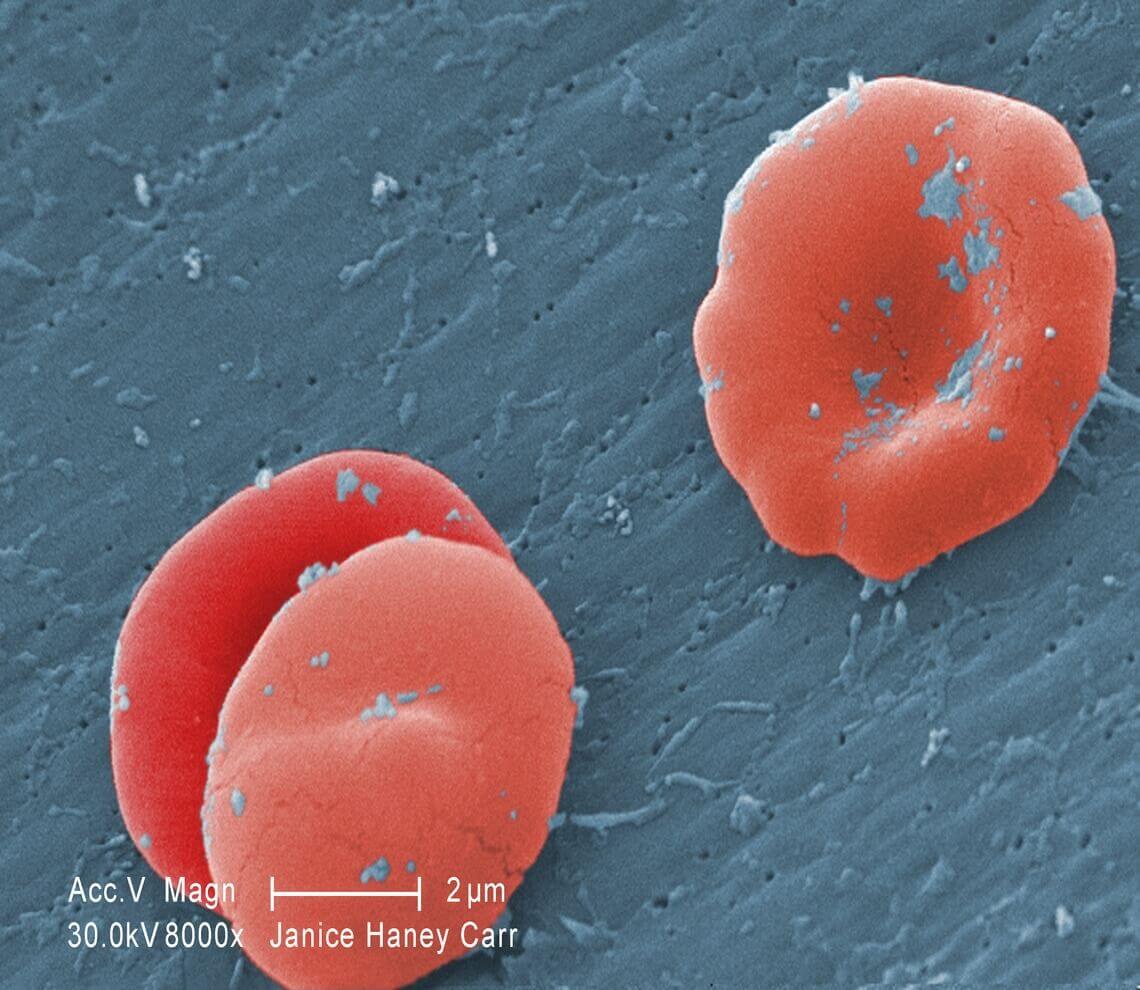- Our Suppliers
- MBS Monoclonals
- Monoclonal mouse anti-Legionella pneumophila LPS
Product short description
Price:
481 EUR
Size:
1000ug
Catalog no.:
GEN660095
Product detailed description
Gene name
N/A
Gene name synonims
N/A
Other gene names
N/A
Concentration
N/A
Other names
N/A
Host organism
N/A
Clone
2F10, 5F4
Category
Antibodies
Disease
legionella
Clonality
Monoclonal
Tested applications:
ELISA (EIA)
Latin name
Mus musculus
Subcategory
Mnoclonal antibodies
Immunoglobulin isotype
IgG3 for MAbs 2F10 and 5F4
Also known as
Legionella Pneumophila LPS
Purification method
Chromatography on protein G Sepharose
Form/Appearance
PBS, pH 7.4, 0.1 % sodium azide (NaN3)
Storage and shipping
Keep the antibody refrigerated at +4 degrees Celsius. Temperature variations in the range between +1C to +7C are tolerable.
Species reactivity
N/A; Due to limited knowledge and inability for testing each and every species, the reactivity of the antibody may extend to other species which are not listed hereby.
Description
This antibody needs to be stored at + 4°C in a fridge short term in a concentrated dilution. Freeze thaw will destroy a percentage in every cycle and should be avoided.
About
Monoclonals of this antigen are available in different clones. Each murine monoclonal anibody has his own affinity specific for the clone. Mouse monoclonal antibodies are purified protein A or G and can be conjugated to FITC for flow cytometry or FACS and can be of different isotypes.
Test
Mouse or mice from the Mus musculus species are used for production of mouse monoclonal antibodies or mabs and as research model for humans in your lab. Mouse are mature after 40 days for females and 55 days for males. The female mice are pregnant only 20 days and can give birth to 10 litters of 6-8 mice a year. Transgenic, knock-out, congenic and inbread strains are known for C57BL/6, A/J, BALB/c, SCID while the CD-1 is outbred as strain.
Specificity and cross-reactivity
MAbs react with LPS membrane of Legionella pneumophila. MAbs do not cross-react with Legionella pneumophila serogroups 2, 6, 7, 10 and 11, Legionella bozemanii, Legionella lonbeachae, Legionella micdadei, Corynebacterium diphtheria, Pseudomonas fluorescens, Pseudomonas cepacia, Pseudomonas aerugenose, Bordetella pertusis, Leptospira interrogens (Australia, Pomona, Icterogemorrhagia), Toxoplasma gondii, Hemophilus influenza (type B), Hemophilus ducreyi, Brucella abortus, Bacillus anthracis, Klebsiella pneumoniae, Listeria monocytogenes, Mycobacterium tuberculosis, Neisseria meningitides, Pasteurella multocida, Proteus vulgaris, Shigella sonnei, Staphylocccus faecalis, Streptococcus puogenes, Streptococcus pneumoniae, Yersinia pseudotuberculosis, Yersinia pestis EV76, Salmonella typhi, Escherichia coli K88 and Francisella tularensis 15. Cross-reaction with Legionella pneumophila serogroups 3 and 4 has not been tested.; Since it is not possible to test each and every species our knowledge on the corss reactivity of the antibodies is limited. This particular antibody might cross react with speacies outside of the listed ones.
Gene
Bacterial pathogen lipopolysaccharides (LPS) are the major outer surface membrane components present in almost all Gram-negative bacteria and act as extremely strong stimulators of innate or natural immunity in diverse eukaryotic species ranging from insects to humans. LPS consist of a poly- or oligosaccharide region that is anchored in the outer bacterial membrane by a specific carbohydrate lipid moiety termed lipid A. The lipid A component is the primary immunostimulatory center of LPS. With respect to immunoactivation in mammalian systems, the classical group of strongly agonistic (highly endotoxin) forms of LPS has been shown to be comprised of a rather similar set of lipid A types. In addition, several natural or derivative lipid A structures have been identified that display comparatively low or even no immunostimulation for a given mammalian species. Some members of the latter more heterogeneous group are capable of antagonizing the effects of strongly stimulatory LPS/lipid A forms. Agonistic forms of LPS or lipid A trigger numerous physiological immunostimulatory effects in mammalian organisms, but--in higher doses--can also lead to pathological reactions such as the induction of septic shock. Cells of the myeloid lineage have been shown to be the primary cellular sensors for LPS in the mammalian immune system. During the past decade, enormous progress has been obtained in the elucidation of the central LPS/lipid A recognition and signaling system in mammalian phagocytes. According to the current model, the specific cellular recognition of agonistic LPS/lipid A is initialized by the combined extracellular actions of LPS binding protein (LBP), the membrane-bound or soluble forms of CD14 and the newly identified Toll-like receptor 4 (TLR4)*MD-2 complex, leading to the rapid activation of an intracellular signaling network that is highly homologous to the signaling systems of IL-1 and IL-18. The elucidation of structure-activity correlations in LPS and lipid A has not only contributed to a molecular understanding of both immunostimulatory and toxic septic processes, but has also re-animated the development of new pharmacological and immuno-stimulatory strategies for the prevention and therapy of infectious and malignant diseases.
© Copyright 2016-Tech News . Design by: uiCookies

